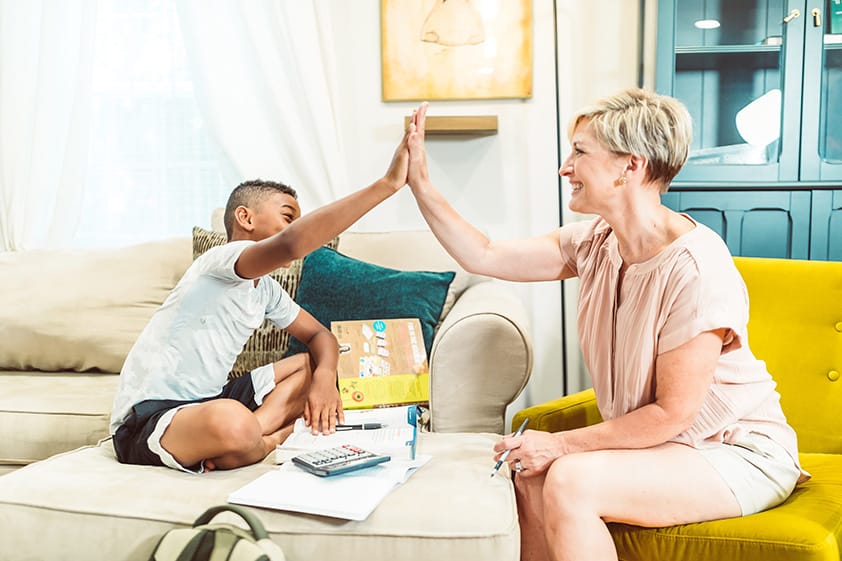When a child is receiving ABA therapy, the progress they make during sessions is powerful—but the real magic happens when those lessons carry over into everyday life. As caregivers, you play the most important role in making that transfer happen. By reinforcing ABA strategies at home, you can help your child generalize new skills, build independence, and thrive in multiple environments.
Children benefit when expectations are clear and predictable. Whether it’s brushing teeth, setting the table, or getting ready for bed, try using the same sequence of steps each time. Pair routines with simple visuals or checklists. For example:
Morning: Picture of toothbrush → comb → backpack → door.
Evening: Picture of dinner → bath → pajamas → bedtime story.
Consistency helps your child anticipate what comes next, reducing frustration and increasing independence.
Prompts are gentle cues that guide your child toward success. These can be verbal (“What’s next?”), gestural (pointing to the sink), or physical (helping hand-over-hand).
The key is fading—slowly reducing the level of help over time. For instance, you might move from saying, “Brush your teeth now” to simply pointing to the toothbrush, and eventually just pausing so your child initiates on their own.
Reinforcement is the fuel that powers learning. Find what motivates your child—praise, a high-five, a sticker, or a few minutes of their favorite activity—and pair it with the behavior you want to see.
Example: “You put your shoes on all by yourself! High five!”
Example: “Great job asking for help with your words. Let’s play your favorite game for two minutes!”
Remember, reinforcement doesn’t always have to be a prize. Your attention and encouragement are some of the strongest motivators.

You don’t need a complicated system to track behavior. A simple notebook or chart on the fridge can go a long way.
Record the skill practiced (e.g., “asked for help” or “completed bedtime routine”).
Note how independent your child was (needed full help, a little prompt, or did it independently).
Celebrate improvements—big or small!
This kind of data helps you spot trends and gives your therapy team valuable insights to adjust strategies.
One of the most important ABA principles is generalization—using a skill in different places, with different people, and under different conditions.
If your child learns to request a snack in therapy, encourage them to ask for a snack at home, at grandma’s house, or even at the park.
If they practice sharing in a clinic group, set up small opportunities to share with siblings or friends during playdates.
The more contexts a child can practice a skill, the more durable and meaningful it becomes.
Reinforcing ABA learning at home doesn’t mean recreating therapy—it means weaving strategies into everyday life. By creating routines, using prompts, celebrating successes, tracking progress, and encouraging generalization, you’re giving your child the best chance to carry their skills into every corner of life.
At Abundant Life Family Services, we believe parents and caregivers are the heartbeat of progress. Together, we can help children grow, flourish, and live abundantly—one small step at a time.